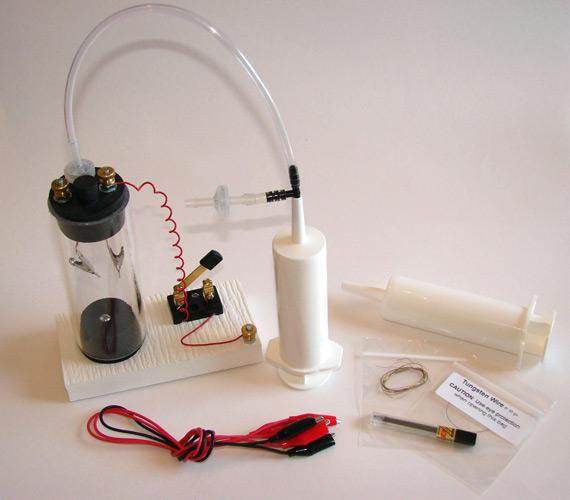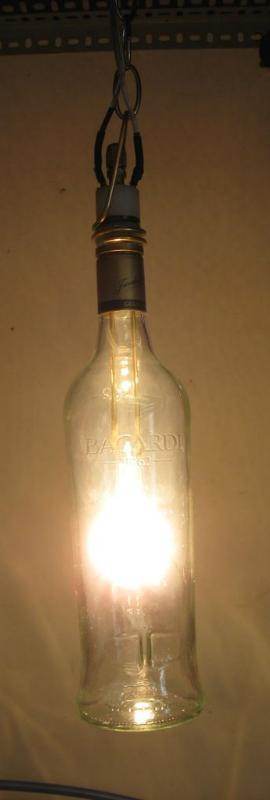
 1
1




 1
1




 2
2




 2
2












Jody Tracy wrote:
I think I'll have to experiment with this and report back!
Jody
 With pics and/or videos!
With pics and/or videos!QuickBooks set up and Bookkeeping for Small Businesses and Farms - jocelyncampbell.com
 3
3





 1
1




My Goofy T-Shirts: https://www.etsy.com/shop/4WardCo
 1
1




 1
1




Country oriented nerd with primary interests in alternate energy in particular solar. Dabble in gardening, trees, cob, soil building and a host of others.
 2
2




 1
1




 2
2




 1
1




Jody Tracy wrote:
Also, this bulb provides some inspiration for improvement on the basic light bulb:
http://www.livescience.com/14700-longest-burning-lightbulb-110-years-livermore-california.html
 3
3








Adrien Lapointe wrote:Here is how they are mass produced.
 1
1




 1
1




 1
1




 1
1





"If you want to save the environment, build a city worth living in." - Wendell Berry





New Frontier Permaculture
http://www.facebook.com/NewFrontierPermaculture




Brian Knight wrote:For my energy raters blog page on these new and trendy edison bulbs check it out.
http://wncgreenblogcollective.wordpress.com/2013/10/27/trendwatch-edison-light-bulbs/
I hope that all people and especially permaculturists that are choosing and using these bulbs are extremely conservative with their usage or generate their own power from renewable energy sources.
 ) tantalizingly close to something we could make or repair. The biggest thing I can see stopping this is a supply of fine enough nichrome wire. This is off grid living assuming own power and maybe sometimes no access to a store or replacement lamps. Is this worth it? I don't know, I am thinking flame lighting may not be so bad... burnable stuff will always be around so long as we have food.
) tantalizingly close to something we could make or repair. The biggest thing I can see stopping this is a supply of fine enough nichrome wire. This is off grid living assuming own power and maybe sometimes no access to a store or replacement lamps. Is this worth it? I don't know, I am thinking flame lighting may not be so bad... burnable stuff will always be around so long as we have food.



Outdoor and Ecological articles (sporadic Mondays) at http://blog.dxlogan.com/ and my main site is found at http://www.dxlogan.com/








 2
2
















paul wheaton wrote:
So .... I think the best post is .... Adrien's post.
QuickBooks set up and Bookkeeping for Small Businesses and Farms - jocelyncampbell.com






 1
1




My Goofy T-Shirts: https://www.etsy.com/shop/4WardCo




oops I deweeted it to save spacepaul wheaton wrote:
I'm surprised nobody posted this one:
Or this
from instructables
Yes the bottle did get hot like a standard bulb. No problems just don't kiss it...





![Filename: LongLastBulb.jpg
Description: [Thumbnail for LongLastBulb.jpg]](/t/31062/a/13943/LongLastBulb.jpg)
 1
1




Hey Paul I found this post and figured I'd give it a update I came across a guide that in my opinion would be rather easy to do and replace any filament. I would imagine it could be hooked up to use a CO2 cartridge to fix a homemade bulb. I would suggest a better filamentpaul wheaton wrote:I remember Ernie telling me about how the navy had a light bulb system where the light bulbs were all a thick glass. If a light bulb ever stopped working, there was a light bulb repair kit. You would open up the light bulb, replace the filament, put the light bulb back together, suck out all the air and then put the light bulb back into service. The only consumable was the teeny tiny filament.
I would very much like to see any pictures or links or references to that or things like that.
![Filename: F3TMJH4HXDPDTSP.MEDIUM.jpg
Description: [Thumbnail for F3TMJH4HXDPDTSP.MEDIUM.jpg]](/t/31062/a/49259/F3TMJH4HXDPDTSP.MEDIUM.jpg)
 1
1




Gail Gardner @GrowMap
Small Business Marketing Strategist, lived on an organic farm in SE Oklahoma, but moved where I can plant more trees.
 4
4










 1
1














 You could try it out with any type of lamp mantle, but the nernst type filament seems as easily come by as and more robust for experimentation than traditional lamp mantles, and better proven for indoor lighting than quicklime. There are literally potato peelers made with the stuff.
You could try it out with any type of lamp mantle, but the nernst type filament seems as easily come by as and more robust for experimentation than traditional lamp mantles, and better proven for indoor lighting than quicklime. There are literally potato peelers made with the stuff.




|
Liar, liar, pants on fire! refreshing plug:
Rocket Mass Heater Resources Wiki
https://permies.com/w/rmh-resources
|








